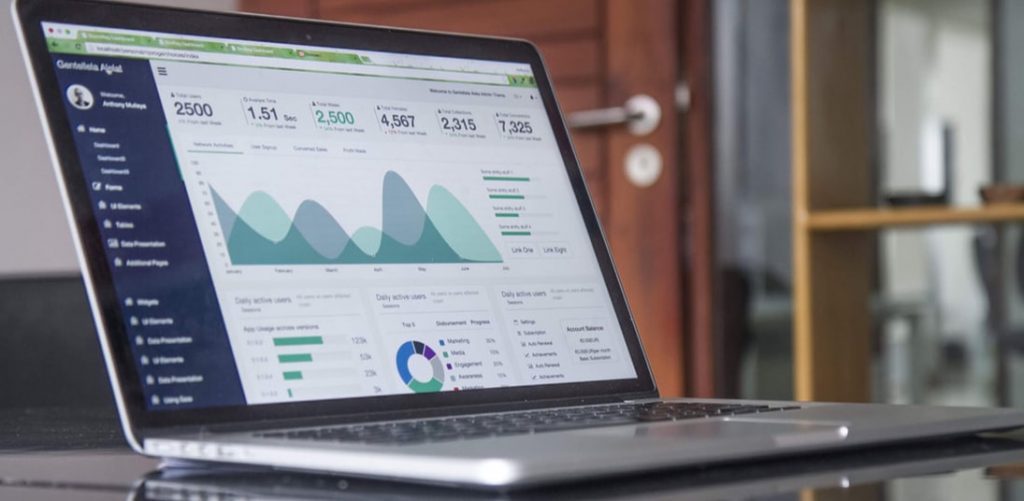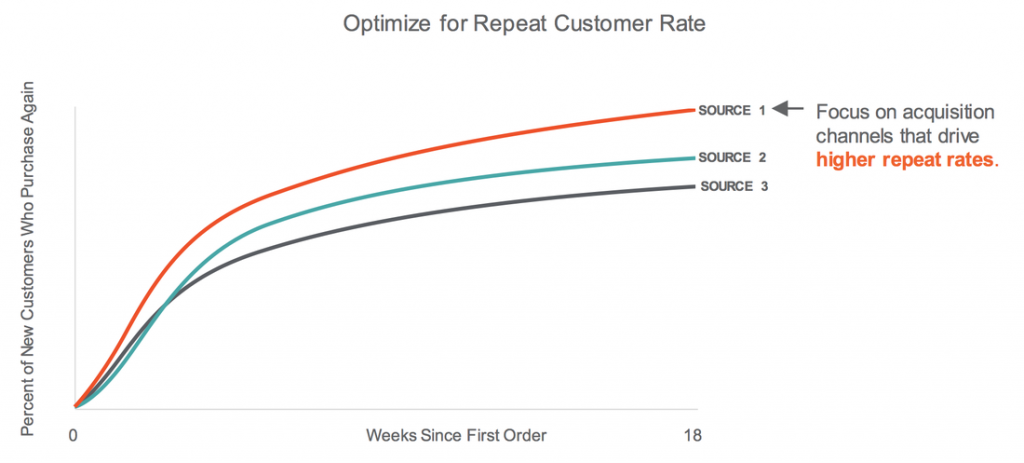
Are you in the eCommerce business? No doubt you have a lot of data. From transactions, web statistics, CRM and so on. How do you go about getting the right information at the right time from all these different data sources? It could sound like a complex task that you are not looking forward to. Let’s look at the steps you can take to easily start rocking your data!
The most important job to do is getting the data sources connected, to make relationships and links between your data. Since a lot of that data is fragmented over different tools, systems and databases, it looks like a huge task to get a consolidated view on your ecommerce store(s). And that’s a shame because your gut feeling as an ecommerce entrepeneur is great, but the growth of your business can improve a lot by data-driven strategies.
So…how do you start with all that data and get actionable insights?
Common for startups and ecommerce shops is data and systems that are set up very quickly due to fast growth of the business and a lack of focus or skills on data quality. Sometimes it’s necessary to improve the data as well, to get more reliable results. This is a fast way to get much more time and energy on issues and opportunities that matter the most.
What I believe is important, is understanding customers, user behavior and product performance. Focus on conversion optimization is perfect, but also one piece of the entire puzzle; it’s focused on website design (only). To put that in context and interpret, more diverse data is needed. For instance customer support data and shopping cart data, or external market data for benchmarking. Sales, Marketing and Customer Service stakeholders and teams need a customer-centric view on the business and products or services. That goes for B2C as well as for B2B stores. Finally, Finance wants to have the accurate and timely insights and even forecasting of the business.

Data Consolidation!Finally, let’s summarize how to start consolidating data and deepen customer segmentation.
First ask yourself these 3 questions:
| Do I know Conversion rate, Abandonment Rate and Cost Per Acquisition? Have you segmented customers or defined customer journeys? Do you have the data – in some tool or system – to analyze these KPIs? Who is already using this information for data-driven actions, campaigns and business decisions? |

With the answers to these questions, the 3 steps to take today are:
- Discuss the areas and KPIs where you lack insights and that will have an impact on your business (game changers)
- Look for skills and data heroes in your organisation (inject org culture with data)
- Start connecting data and become a data-driven business (implement a BI and analytics project)
Celebrate your first insights!

